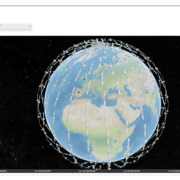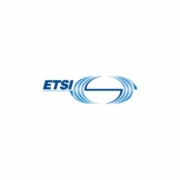Moving towards 3GPP Release 18 with the help of system simulations
With 3GPP’s Release-17 finally reaching maturity, 3GPP and the SatCom community have reached a significant milestone. However, the work directly continues towards Release 18. Read Magister’s selections for the Release-18’s most interesting topics!
3GPP Release-17 introduced Non-Terrestrial Networks (NTN) to the world of standardization. Now the Release-18 will carry on from that aiming at improvements for both New Radio (NR-NTN) and IoT (IoT-NTN) over NTN.
We at Magister are continuing to work with 3GPP throughout the process. By sharing our competence on network simulations, we are helping build the future of the SatCom industry through its standardization. At the same time, Magister’s own network simulators and services shall be enriched to meet these challenges.
New radio enhancements
There are four parts to Rel-18’s NR improvements. The first – coverage enhancement – addresses performance improvements at the edge of the NTN coverage especially focusing on smartphones. The objective is to reuse any previous work done for the terrestrial domain, but also introduce potential new improvements.
Secondly, Rel-18 will introduce the NTN operation for above 10 GHz frequency bands (FR2) for VSAT terminals. Previously, Rel-17 introduced the operation for below 6 GHz frequency range (FR1) for handheld terminals.
The third part of the standardization shall focus on studying the network verified UE location. For certain NTN related functionalities, the system needs to know the locations of the terminals; either determined solely by the network or signaled by the terminal and verified by the network.
The fourth part of Rel-18 will be to improve mobility and service continuity of NTN-TN (satellite-terrestrial network) and NTN-NTN (satellite-satellite) solutions. It will do this by ensuring uninterrupted continuity of the network connection as the terminal or satellite is moving.
IoT solutions in NTN
When it comes to IoT-NTN solutions, Rel-18 is not just completing the work started in Rel-17, but also embarking on certain mobility enhancements. The objective is to use Rel-17 terrestrial NB-IoT and eMTC as baseline.
One of the most important developments in Rel-18 will be to focus on improving the terminal operation within discontinuous satellite coverage. IoT satellite constellations shall be likely sparse, i.e. they do not have constant full coverage. From a terminal perspective, it means that they shall have intermittent connectivity, which may result in non-optimal performance.
Magister has developed a system simulator for evaluating 5G NTN solutions and is planning to extend it, such that Release 18 solutions can be evaluated too. Get in touch and read more about our services and simulator here!










